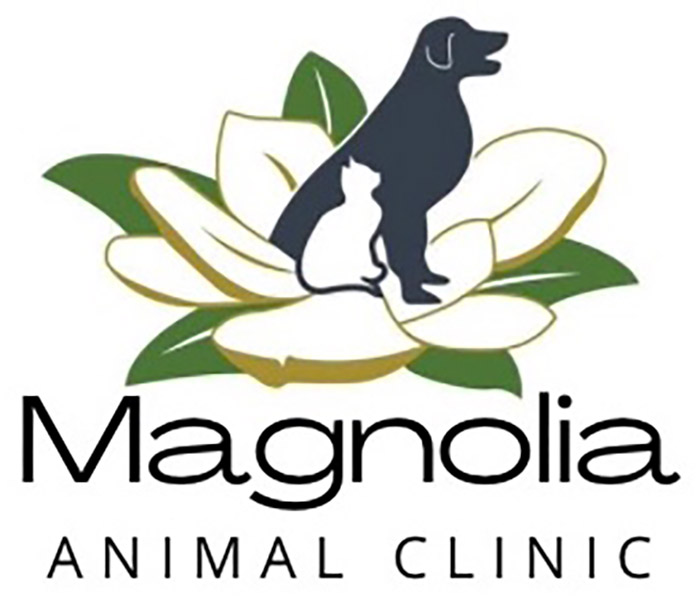Urgent Care vs. Emergency Care
Our family is not complete without our furry friends. They are susceptible to sudden health problems and accidents that call for rapid medical attention, just like us. Knowing the difference between urgent care and emergency treatment for pets is essential in such dire circumstances, as is making the best decision based on the gravity of the problem.
Pet medical emergencies that need fast attention but are not immediately life-threatening fall under the umbrella of urgent care. These are non-emergency problems that a veterinarian can handle effectively and in a shorter amount of time. Some examples of ailments that frequently require urgent care include:
1. Minor wounds or lacerations that require stitches.
2. Mild to moderate vomiting or diarrhea.
3. Non-life-threatening allergic reactions.
4. Minor limping or lameness.
5. Mild eye or ear infections.
When faced with such situations, contacting your regular veterinarian or an urgent care clinic can provide the necessary assistance.
Emergency treatment, on the other hand, is only given in cases of extreme and life-threatening conditions that call for prompt medical intervention. Accidents, trauma, abrupt illnesses, or symptoms that deteriorate quickly can all lead to these serious disorders. When your pet needs emergency care, among other things:
1. Severe bleeding or uncontrolled bleeding.
2. Difficulty breathing or choking.
3. Ingestion of toxic substances.
4. Seizures or loss of consciousness.
5. Severe trauma, such as being hit by a vehicle.
In emergency situations, time is of the essence, and it is essential to act swiftly. Contacting an emergency veterinary clinic or animal hospital is crucial to ensure that your pet receives the immediate, specialized care they require.
Choosing the Right Care for Your Pet: Determining whether your pet’s condition requires urgent or emergency care can sometimes be challenging. To aid in your decision-making process, consider the following guidelines:
1. Assess the severity: Evaluate your pet’s symptoms, paying attention to signs of distress, pain, or rapidly worsening conditions. If your pet’s life is at immediate risk, it is an emergency and requires immediate attention.
2. Contact veterinary professionals: Reach out to us or an emergency clinic and describe the situation. They can provide guidance based on the information you provide.
3. Follow professional advice: Trust the expertise of the veterinary professionals you consult with. They can offer valuable insights and help you determine whether the situation calls for urgent or emergency care.
For your pet’s health and wellbeing, it’s important to understand the differences between urgent care and emergency treatment. You can decide whether to seek medical help for your pet by studying the characteristics of each form of care and evaluating the seriousness of your pet’s ailment. Always err on the side of caution and get in touch with our team right away.

